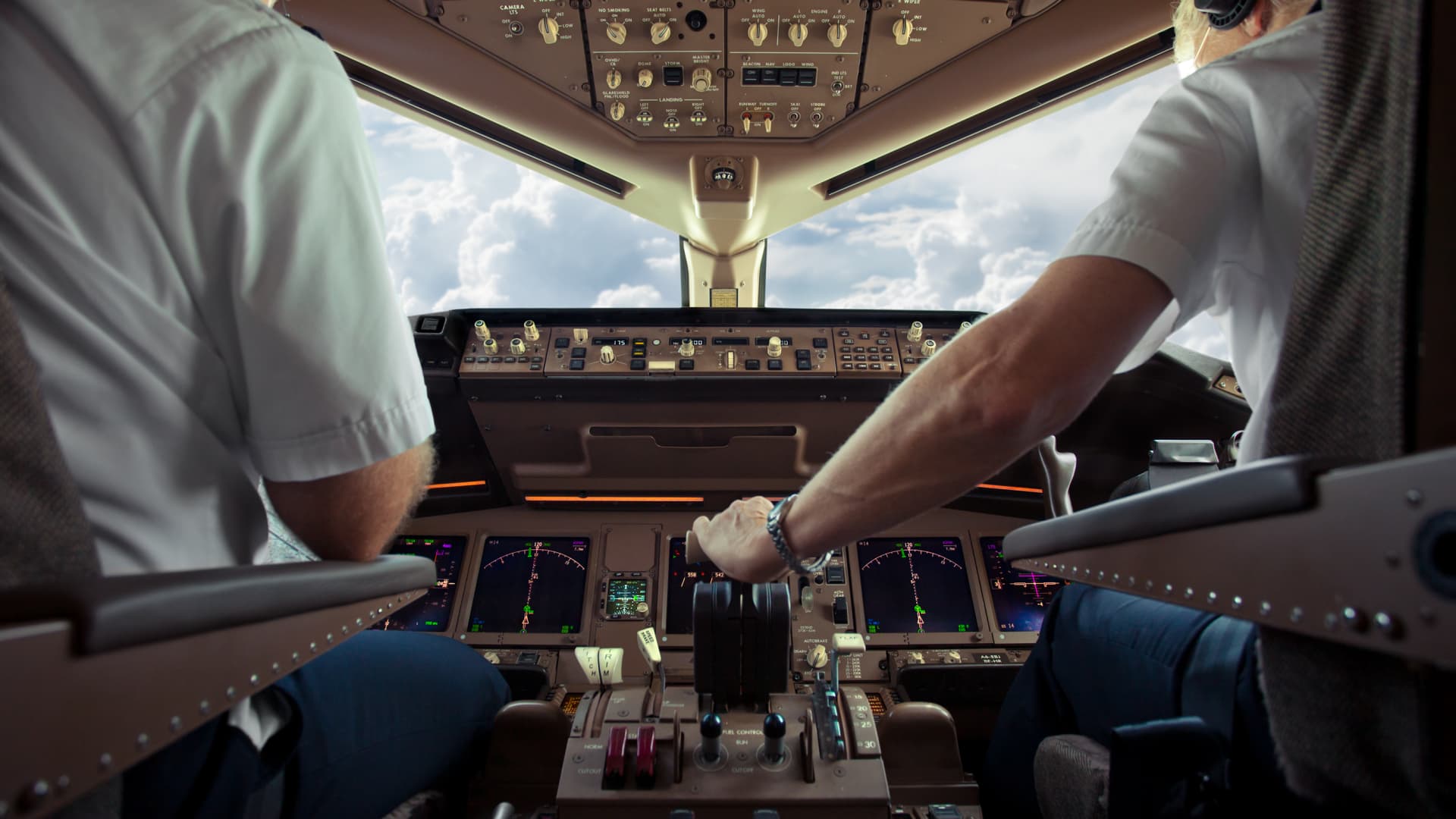Airfare, departure times, flight length — these are the usual considerations for travelers who want to book a flight.
But now, more are looking at a new factor: the aircraft itself.
One in five travelers said they are doing more research into the plane they may be flying on before they book, while slightly more (22%) said they are limiting air travel for the rest of the year, according to a survey conducted in June by the digital analytics company Quantum Metric.
Overall, 55% of travelers said they have changed the way they book flights because of recent news about aircraft and airlines, the survey showed.
The survey did not directly mention Boeing, but a steady stream of media coverage about the company — from its quality control to business ethos — have dominated headlines since a door panel blew off a Alaska Airlines flight on Jan. 5, 2024.


These stories have directed consumers’ focus to Boeing’s aircraft, which was something travelers didn’t use to pay attention to, said Danielle Harvey, global vice president and head of travel and hospitality strategy at Quantum Metric.
“Our research infers that fliers are doing more research to understand and potentially avoid Boeing aircrafts,” she said.
The survey also showed 13% of respondents are avoiding discount carriers to feel more secure about flying.
But this doesn’t really make sense, said Brendan Sobie, independent aviation analyst and founder of Sobie Aviation.
“First of all, there are more discount carriers operating Airbus (A320s) than Boeing (737s) particularly in Asia,” he said. “And the Boeing issues, of course, impact all airlines regardless of their business model.”
Fears up, risks down
As unnerving as recent headlines about Boeing may be, aviation safety is improving by the decade, according to Arnold Barnett, a professor of statistics at the Massachusetts Institute of Technology and co-author of a research paper about the risks of commercial flights.
The paper, published in the Journal of Air Transport Management in August, states that the risk of dying on a commercial flight globally was 1 per 13.7 million passenger boardings from 2018 to 2022 — a significant improvement from the decade before, and far cry from the one death for every 350,000 boardings that occurred between 1968-1977.
Commercial safety standards can be evaluated by a variety of metrics — from miles flow to flight hours — but according to MIT News, Barnett chose “deaths per passenger boarding” because it answers a simple question: If you have a boarding pass for a flight, what are your odds of dying?
Barnett suggests several factors have made flying safer, according to MIT News, including “technological advances, such as collision avoidance systems in planes; extensive training; and rigorous work by organizations such as the U.S. Federal Aviation Agency and the National Transportation Safety Board.”
But geographical disparities exist, according the report, which divides the world into three tiers when it comes to flight safety:
- Tier 1: United States, the European Union and other parts of Europe, plus Australia, Canada, China, Israel, Japan and New Zealand
- Tier 2: Bahrain, Bosnia, Brazil, Brunei, Chile, Hong Kong, India, Jordan, Kuwait, Malaysia, Mexico, Philippines, Qatar, Singapore, South Africa, South Korea, Taiwan, Thailand, Turkey and the United Arab Emirates
- Tier 3: Every other country
For Tier 1 and Tier 2, the death risk for flights between 2018-22 falls to 1 per 80 million passenger boardings, according to MIT researchers.
In Tier 3 countries, fatality risks were 36 times higher that of Tier 1 countries from 2018-2022, according to the report. But even among those countries, fatalities per boarding nearly halved during this time period, Barnett noted.


The study is a historical analysis of commercial flight safety, which does not predict how Boeing’s issues may play out in the future.
But Barnett indicated he’s confident about the future of commercial aviation.
“While the Alaska Airlines incident was certainly an emergency, the pilots responded immediately and landed the plane safely. Thus, the event shows that, even when things go terribly wrong, other elements of the air-safety system typically avert disaster,” he told CNBC Travel.
“Viewed in full, the incident says more about the safety of flying than its dangers,” he said.
Why avoiding Boeing is difficult
Though competition among airlines is fierce, aircraft manufacturing has long been dominated by the United States’ century-old Boeing company and its European competitor, Airbus. Together, the two companies manufacture nearly all large passenger aircraft.
Thus, avoiding Boeing-manufactured aircraft is possible, but not necessarily easy. However, a number of platforms, from Kayak to Alternative Airlines, allow travelers to filter flights by aircraft, an option added after two Boeing 737 Max airliners crashed within a six-month period in 2018 and 2019.


Among those who want to only fly Airbus, or who aim to avoid Boeing’s 737 Max aircraft, some will find this easier than others, said Harvey.
“Some airlines have a significant number of Boeing aircraft in their fleet, so it could mean that people would have to switch airlines,” she said. “For the average traveler, this isn’t a problem, but for frequent travelers working to build status, that may be less appealing and thus harder to do.”
Still, nothing is guaranteed.
After Ethiopian Airlines Flight 302 crashed on March 10, 2019, I paid an additional four-figure sum for my family to fly from Singapore to the United States to avoid traveling on a Boeing 737 Max.
Before the departure date, the airline emailed with minor changes to the departure time, and one other alteration that previously would have been a non-issue: a change in aircraft.
The new plane? A Boeing 737 Max.















